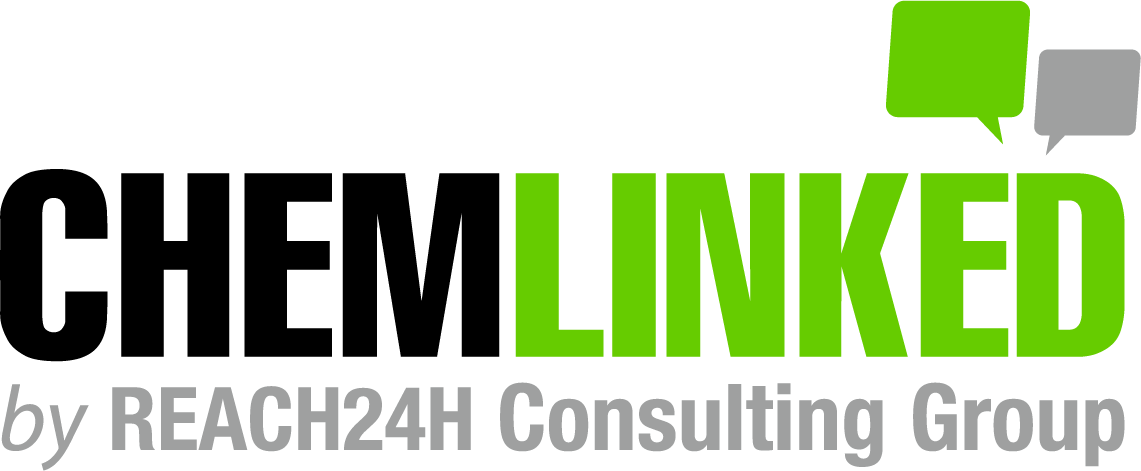On June 29, 2020, South Korea promulgated the revised Food Code1. The amendments include the general provision, pesticides and veterinary drugs residue limits, new raw materials, storage standard, new product type, testing methods, etc. The details are as below:
1. New General Provision
MFDS modified the general provision with the intention of relaxing the restrictions of food categorizing and promoting product innovation. In South Korea, the Food Code1 regulates the standards and specifications of food products. It consists of (a) general provisions and (b) standards and specifications for each food category specifying the permitted raw materials, manufacturing methods, testing methods, etc. According to the previous regulation, there might be no reference standard for an innovative product with a new food material or new manufacturing technology. Therefore, the competent authority added a new general provision to open more opportunities to the industry:
As long as the final products are the same, one product can be sorted under the same food category of the final product. The product may use new food materials or manufacturing methods that are not listed in this food category's standard and specification. |
2. New Food Materials
The regulation permits 29 new food materials, deletes 1 risk material, and clarifies the obscure descriptions.
Newly added:
No. | Name | Other Name/Acceptable Market Names | Scientific Name | Used Part |
A가043850 | Evening primrose (달맞이꽃) | Common evening primrose (겹달맞이꽃) | Oenothear biennis L. | seed, sprout |
A가364850 | Winter truffle | - | Tuber brumale vittad. | Fruit body |
A나022650 | Atka mackerel (단기임연수어) | Atka mackerel | Pleurogrammus monopterygius | - |
A나028150 | Eriocheir japonica (동남참게) | Japanese mitten crab | Eriocheir japonica | - |
A나037250 | Oriental weatherfish (미꾸리) | Pond loach | Misgurnus anguillicaudatus | - |
A나069550 | Catfish (주걱메기) | - | Belodontichthys dinema | - |
A나075550 | Blue king crab (청색왕게) | Blue king crab | Paralithodes platypus | - |
A나091350 | Alaska skate | - | Bathyraja parmifera | - |
A나091430 | American harvestfish | - | Peprilus paru | - |
A나091485 | Atlantic hagfish | - | Myxine glutinosa | - |
A나091710 | Backwater hard clam | - | Meretrix casta | - |
A나091740 | Bengal tongue sole | - | Cynoglossus cynoglossus | - |
A나091780 | Bighead catfish | - | Clarias macrocephalus | - |
A나092240 | Commerson's anchovy | - | Stolephorus commersonnii | - |
A나092280 | Common spider conch | - | Lambis lambis | - |
A나092290 | Curvespine cuttlefish | - | Sepia recurvirostra | - |
A나092293 | English sole | - | Parophrys vetulus | - |
A나092298 | Estuary stingray | - | Hemitrygon fluviorum | - |
A나092630 | Goldfish | - | Carassius auratus | - |
A나092680 | Gulf weakfish | - | Cynoscion othonopterus | - |
A나092750 | Harlequin rockfish | - | Sebastes variegatus | - |
A나092780 | Honeycomb stingray | - | Himantura uarnak | - |
A나092790 | Hooked ark | - | Cucullaea labiata | - |
A나093150 | Longspine thornyhead | - | Sebastolobus altivelis | - |
A나093350 | Mozambique tilapia | - | Oreochromis mossambicus | - |
A나093380 | New Zealand rough skate | - | Zearaja nasuta | - |
A나093390 | New Zealand smooth skate | - | Dipturus innominatus | - |
A나093395 | North African catfish | - | Clarias gariepinus | - |
A나093950 | Sea snail | - | Cerithium novaehollandiae | - |
Deleted:
No. | Name | Other Name or Acceptable Market Names | Scientific Name | Used Part |
A나022200 | Nutria (뉴트리아) | - | Myocastor coypus | carcass |
3. Storage Standards
(1) Dried or powdered food products whose water content is less than 15% can be stored or transported frozen.
(2) Canned/bottled food and retort food whose shelf life is over 12 months, can refer to the standards and specifications for long-preserved food.
4. New Food Forms
The new version of Food Code1 permits vinegar to be made in forms other than liquid.
Additionally, the regulation also allows the seasonings to be made in beverage form.
5. Food Safety Control
MFDS intensified food safety control by adjusting the heavy metal contents remaining in edible insects, the pesticides in vegetables, and veterinary drugs remaining in livestock products.
(1) Heavy Metal Contents in Edible Insect
The authority integrated the heavy metal content limit of each edible insect into one standard:
Standard (in dried form) | ||
Lead (mg/kg) | Cadmium (mg/kg) | Inorganic Arsenic (mg/kg) |
Less than 0.1 (Rhinoceros beetle larva and Protaetia brevitarsis larva: less than 0.3) | Less than 0.1 | Less than 0.1 |
(2) Veterinary Drug Residue
In beef, pork, chicken, milk, egg, and fish products, the maximum residue of veterinary drugs not specified in the Food Code1 shall be under 0.01 mg/kg.
(3) Pesticide Residue Limits
The MRLs of 9 pesticides are modified, and the MRLs of 112 pesticides, such as Glufosinate, Glufosinate, Napropamide, etc., are added. (ChemLinked provides custom reports about Korean pesticide MRLs, contact at litianshuang@chemlinked.com for more details.)
6. Other Amendments
① The specification of sulfate ion in salt is deleted to keep aligned with international standards.
② Testing methods are optimized.
③ Enterprises can manufacture “products with milk(유함유가공품)” according to the proposed standard in MFDS Notification No.2020-32.





 We provide full-scale global food market entry services (including product registration, ingredient review, regulatory consultation, customized training, market research, branding strategy). Please contact us to discuss how we can help you by
We provide full-scale global food market entry services (including product registration, ingredient review, regulatory consultation, customized training, market research, branding strategy). Please contact us to discuss how we can help you by 









